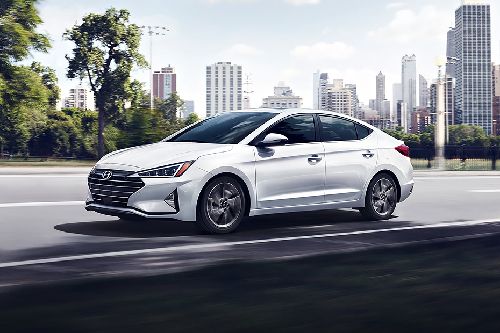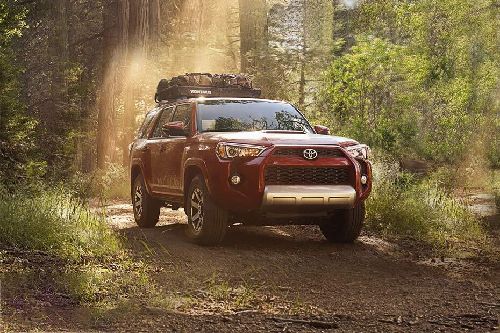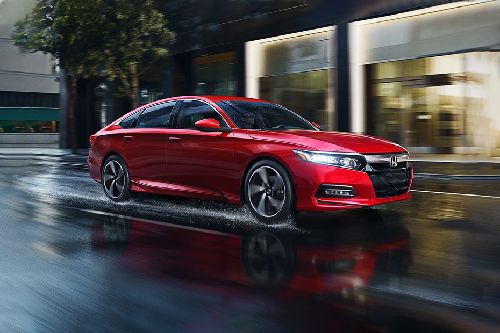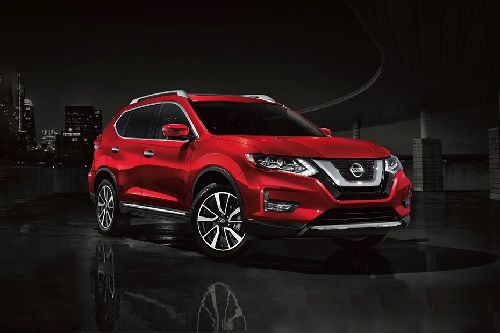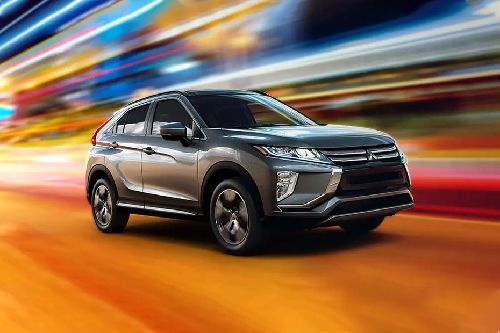10 Tips to Get Your Car Winter-Ready
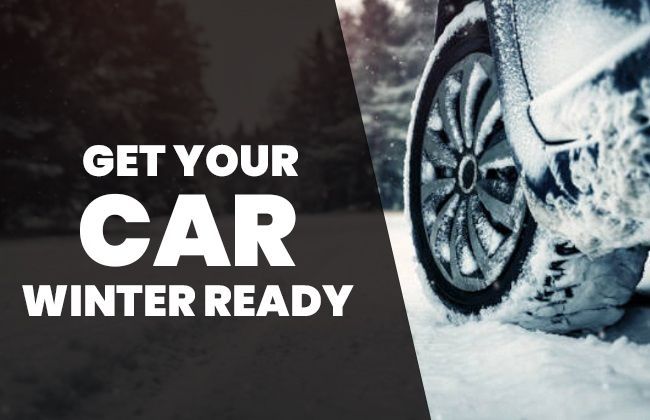
Winter will soon be upon us even before we realize. While many drivers avoid taking their car out when the mercury reaches a near-freezing point, it could be sometimes unavoidable to plough the snow, especially during emergencies.
Here are 10 handy tips to get your car winter-ready before fall calls it quits and the flakes start coming down.
1. Change the oil
The engine oil needs a periodic replacement and it’s particularly more important during winter. A complete change is always recommended. Check your car’s user manual to know about what viscosity should be used during a sharp fall in temperature. A thinner oil is usually recommended in winter.
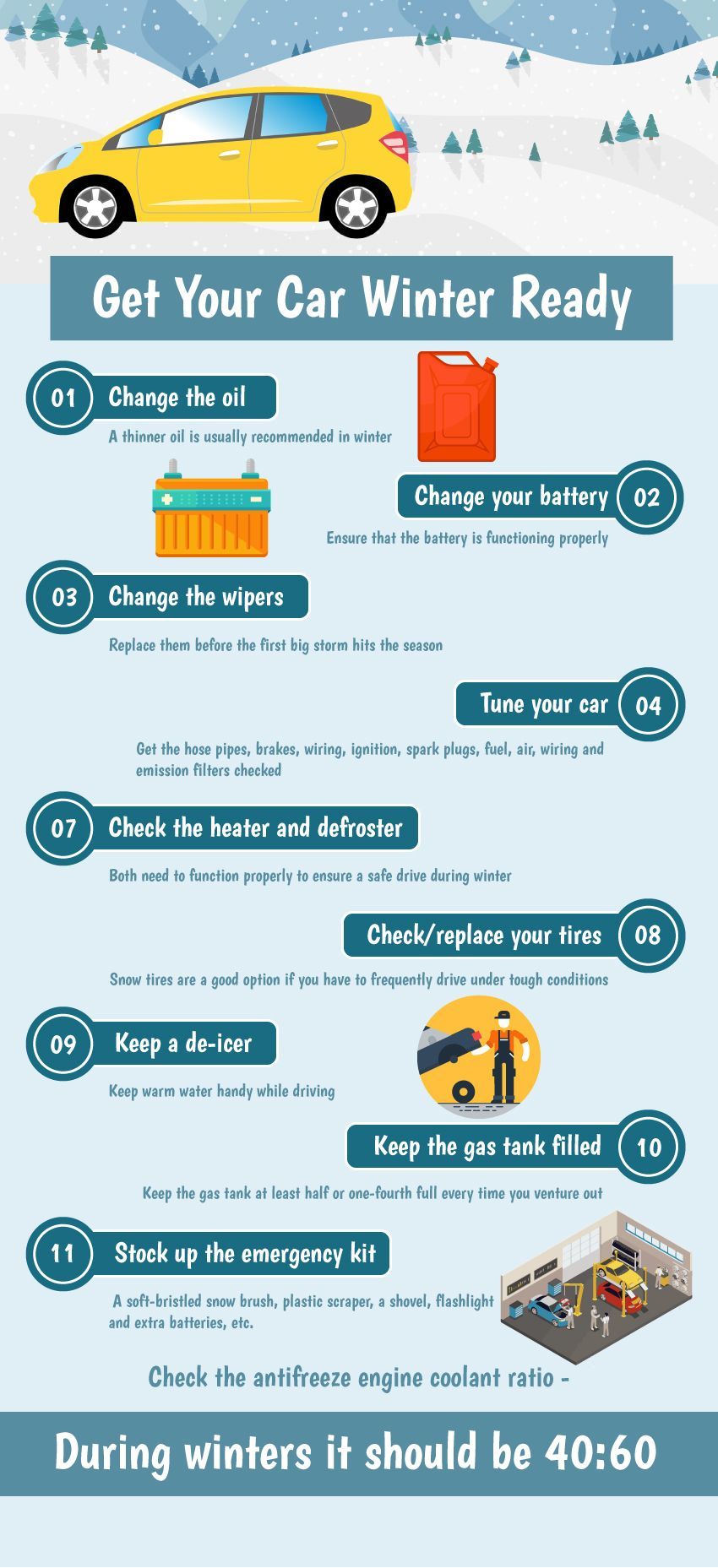
2. Change your battery
Declining mercury calls for more power from your battery to start the engine. You must ensure that the battery is functioning properly. First, check whether the battery has enough charge. The easiest way is to turn on the headlamps before starting the engine. Next, turn on the motor. If the lights become brighter, your battery could be dying. Get a mechanic to test the charge level with a voltmeter. Some latest car batteries have an inbuilt hydrometer to monitor the voltage. Check the relevant cables for brakes and cracks. Ask your mechanic to check the battery fluid.
3. Change the wipers
Windshield wipers require replacement every 8-12 months depending on their use. Get a new pair of wipers if the existing ones begin to look a bit haggard. Replace them before the first big storm hits the season. Having a set of winter wipers, protecting the operating mechanism, could be a good bet. Use a wiper fluid with antifreeze elements. Regular fluids may not cut in freezing temperatures.
4. Tune your car
A tune-up of your car should be ideally done every 30,000 miles. If the tuning period happens in winter, do that a bit early to ensure a good running shape of your. Ask your mechanic to check the hose pipes, brakes, wiring, ignition, spark plugs, fuel, air, wiring and emission filters to keep your car winter-ready.
5. Check the heater and defroster
Repairing the heater and defroster could be costly. Both need to function properly to ensure a safe drive during winter. You can save money on your defroster repair by checking air leaks on the doors and windows of your car. Leaks let in extra moisture and your defroster has to work overtime leading to a moist environment inside your car.

6. Check/replace your tires
You may want to invest in a new set of snow tires or continue using the existing ones if they aren’t worn out. Snow tires are a good option if you have to frequently drive under tough conditions. Hostile terrains in the winter call for studded snow tires. Check the air pressure of your existing units if you don’t want to buy snow tires. Read the owner’s manual to know about the right tire pressure in winter. Check the tread. Never slam your brakes on icy roads if the tires skid. Take your foot off the accelerator and allow the car to skid and slow down to a complete stop.
7. Keep a de-icer
Car doors may freeze under snowy conditions. Keep warm water handy while driving in winter. You may also keep some glycerin in case there’s an emergency.
8. Keep the gas tank filled
Allowing your car’s gas tank to reach near-empty levels before you refill is never a great idea, especially during the winter. The cold can lead to condensation in the fuel in a near-empty tank. Water may trickle into the fuel, rest at the bottom of the tank and travel to the gas supply line. Worse, the water may freeze inside the tank and block the fuel’s flow. Keep the gas tank at least half or one-fourth full every time you venture out.
9. Stock up your car’s emergency kit
A soft-bristled snow brush, kitty litter or salt, plastic scraper, a shovel, flashlight and extra batteries, gloves, flares, a coat, a couple of blankets and a pair of snow boots, are the must-haves in your car emergency kit. You may also need tire chains while driving in the mountains during winter.
10. Check the antifreeze engine coolant ratio
A 50:50 ratio of water to coolant is typically used in normal weather. During winters it should be 40:60.
Featured Cars
- Popular

